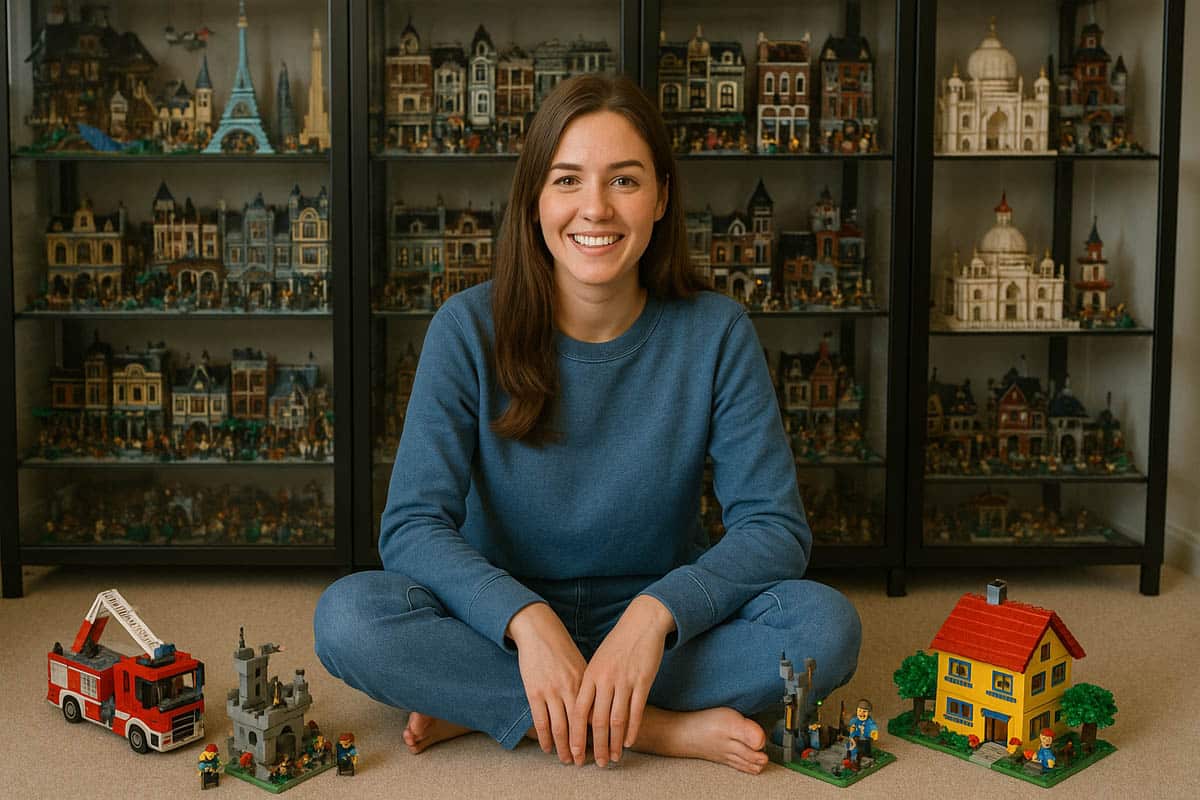Kidults are officially consumers aged 12 and over who buy toys for themselves. However, adults primarily make up the bulk of this booming market. A complete analysis of the kidult market is available in this article.

Kidults are consumers aged 12 and older in the toy market. This is a particularly attractive market, as in 2023, 40% of European adults bought a toy for themselves. Kidults are the marketing targets of established brands like Lego and licenses such as Pokémon or Star Wars, which leverage nostalgia. However, new entrants like Labubu or Sonny Angels are also riding a positive wave, recording triple-digit growth! In this article, I break down the key figures and marketing levers to sustainably convert these new consumers.
Anticipate your market trends: Contact us!
Kidult market: key figures to know
- 29%: share of kidults in annual toy sales in France in 2024.
- €1.3 billion: revenue from kidult toys in France in 2024.
- +7%: growth in kidult sales in 2023, despite a declining market.
- 40% of European adults bought toys for themselves in 2023.
- €12.63: average annual toy expenditure per person aged 18 and older.
- 35%: share of licensed products in global sales in the first half of 2025.
- +36%: global growth in board games and puzzles in the first half of 2025.

Lego Stores are far from being just for kids, as Lego was one of the first brands to recognize the potential of the kidult market.
Origins of the kidult wave
The growth of the kidult market can be explained by a combination of factors:
- “Reactivation” effect: Post-COVID, adults rediscovered the value of play. Beyond relaxation, it offers creative and decorative aspects.
- Rise of transgenerational licenses: Disney, Warner, and Pokémon span generations, leveraging adult nostalgia and gaining legitimacy across all audiences. Interestingly, this legitimacy now extends to the workplace. Displaying such items at the office is no longer unreasonable, as the fan base is now broad enough to spark conversations even at work.
- Launch of collectible products: These fuel a continuous engagement cycle, amplified by social media and the FOMO (Fear Of Missing Out).
These factors are supported in Western countries by declining birth rates and a mechanical increase in the proportion of adults.
Study of three kidult market brands
In this section, I explore three iconic brands in the kidult universe: Lego, Labubu / Popmart, and Jellycat.
Lego
Lego is a pioneer with its “Adults Welcome” platform, launched in 2020. This accounts for one-third of sales by value and focuses on “passion points” (cars, architecture, botany). Lego understands that sustained desire drives sales, so innovation is constant, with 50% of its ranges renewed annually.
In terms of figures, Lego’s revenue grew by 13% in 2024 (€9.96 billion), and its operating profit increased by 10% (€2.51 billion).
Labubu / Popmart
The success of Labubu plush toys (marketed by Popmart) continues to surprise me. Labubu generated $850 million in revenue in 2024, with Popmart’s revenue growing by 204%. Believe it or not, profits surged by 400% to $655 million.
Europe is still an emerging market for Labubu, accounting for just 5% of sales, but these grew by 730% in 2024. The sales network is set to expand further.
Jellycat
Jellycat is a trendy, selective brand with a corresponding marketing positioning. Beyond its 12,000 independent boutiques, Jellycat is present in high-end department stores like La Samaritaine or Le Bon Marché.
Jellycat’s success is also driven by experiential events, such as the “Jellycat Patisserie” at FAO Schwarz or Galeries Lafayette. These experiential venues attract customers and generate viral content on social media.
6 essentials for success in the kidult market
If you want to position yourself in the kidult market, here are some key imperatives to integrate into your marketing strategy.
Design and quality
The kidult market demands high quality. Adults, the core of this market, expect premium finishes, hidden details, and strong visual coherence.
Positioning and use
Kidults display products (at home and in the workplace) more than they play with them. Success in this market requires products with refined decorative value. Also, consider facilitating their display.
Pricing adapted
The pricing strategy is particularly important. In this market, the price range should be broad enough to encourage impulse purchases. Alongside expensive items, offer more affordable options to keep the passion alive. Think of small blind boxes, compact sets, or “grail” pieces to lower the entry barrier, encourage trials, and promote upselling.
Community and social media
Since social media is central to the kidult market, your marketing strategy must account for it. Your marketing actions should enable content sharing. Consider demonstrations, speed builds, unboxings, inspiration showcases, and “shelf tours.”
Special editions, series, and cycles
These create rhythm and sustain kidult passion. There are two approaches: series (Hippers, Harvest, Labubu seasons) or releases tied to specific calendars (Valentine’s Day, Easter, Halloween, Christmas).
Second-hand market
Unavoidable in 2025, especially to capitalize on rarity. The second-hand market is a channel for acquiring rare pieces and completing collections, while also giving brands a “greener” connotation.
Contact IntoTheMinds market research agency
7 retail strategies for the kidult market
The kidult market is attractive, and retailers have adapted accordingly. In this section, I review some strategies I’ve observed.
Specialized points of sale
King Jouet launched King’Dultes, with an assortment exclusively for those aged 12+. King’Dultes offers 1,300 to 1,700 references. The customer experience is clearly tailored to adults, with muted color codes, premium signage, and an arrangement by universe.
Merchandising
In merchandising, there are two trends: grouping by license (Pokémon, Star Wars) or by category. The former promotes cross-selling, while the latter enables comparison.
Customer experience
The term may be overused (see my article for a definition). For kidults, stores emphasizing customer experience aim to deliver a differentiating experience. Jellycat, for example, opts for patisseries and “diners.” Lego Stores feature giant showcases and dedicated spaces (see our review of the Lego Store in New York). The Chinese brand PopMart stages its store openings. Regardless of the strategy, it must generate UGC and views on social media.
Importance of assortment
Retailers need a broad assortment to satisfy all kidults. Some seek basic references (a “core catalog”), while others want niche items (limited editions, collaborations).
Pricing
The price range must be broad enough to suit all budgets. Consider cross-selling with “bundles.” For example, since kidults love displaying toys, offer “display bundles” (figurine + stand, set + showcase) to increase average basket size while providing a display solution.
Community retail
To sustain passion, nothing beats organizing enthusiast meetups, such as build evenings or “trade & swap” days. These events can also expand your catchment area, attracting enthusiasts from afar.




![Illustration of our post "Generation Z and work: employers’ perceptions [Research]"](https://5cc2b83c.delivery.rocketcdn.me/app/uploads/generation_y_youngsters-120x90.jpg)


